Florida's folk heritage refers to the "traditional expressive culture shared within the various groups in Florida: familial, ethnic, occupational, religious and regional. Expressive culture includes a wide range of creative and symbolic forms such as custom, belief, technical skill, language, literature, art, architecture, music, play, dance, drama, ritual, pageantry, and handicraft, which forms are generally learned orally, by imitation, or in performance, and are maintained or perpetuated without formal instruction or institutional directions," section 267.021 (6), Florida Statutes.
All photographs are from the Florida State Archives, unless otherwise noted.
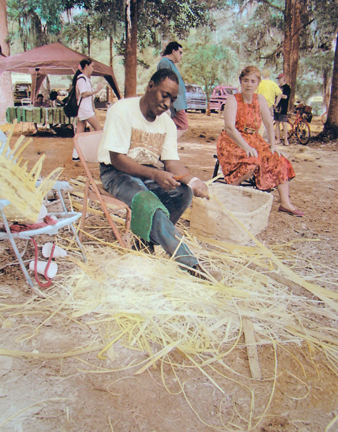
Alfonzo Biggs cuts strips of white oak to make a basket. This labor intensive technique begins with splitting the oak's trunk with an axe then scraping and splitting the sections into weavers, rims, lashers and handles.
White Springs 1995

Trick roper Danny Coflin of Odessa performs at the Florida Folk Festival.
White Springs 1970

S.M. Blackmon runs his grist mill.
McAlpin 1983

Left to right: Victoria Grimm, Maria Garza, and Raquel Herrera hold their handcrafted piñatas.
Place and Date Unknown
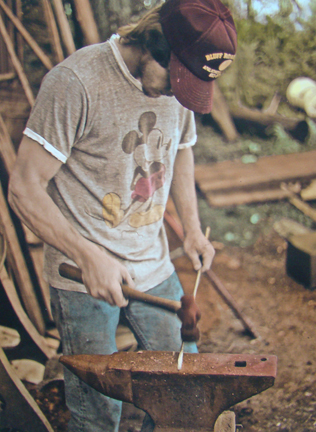
Rodney Richards forges teeth for oyster tongs used to reach oyster beds in deep water.
Apalachicola 1987

Gandy Dancers were railroad workers who used call-and-response work songs to lay track quickly. Their exhibit, complete with railroad tracks, was sponsored by CSX Transportation. Dancers left to right: C. Wright, John Mealing, Charlie Vinson, Allen Jones, and Elder Brown perform at the 1993 Florida Folk Festival in White Springs.
White Springs 1993

Jesse J. Aaron used his front yard as his gallery after he became an artist at the age of 81.
Gainesville 1976
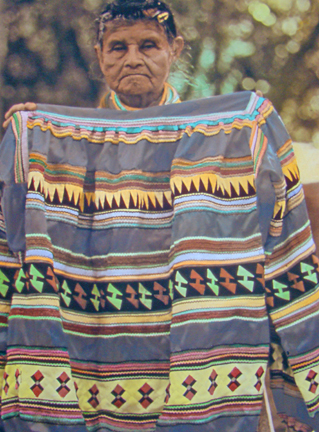
Susie Billie holds an example of her traditional Seminole patchwork. Taweekaache, or patchwork, is a source of cultural pride and identity to the Seminoles.
Place and Date Unknown

Velma Wiggins, of Bradenton, plays musical bottles at the Florida Folk Festival.
White Springs 1962

The "Suwannee 4some of Alachua" performs at the Florida Folk Festival.
White Springs 1954

Bert Billie holds a couple of her palmetto frond baskets that are used to sift pounded corn, separating the meal from the kernels.
Big Cypress Seminole Indian Reservation 1980

Wyer's Cornet Band
Escambia County circa 1890

African-American woman displays her handmade quilt.
Place and Date Unknown
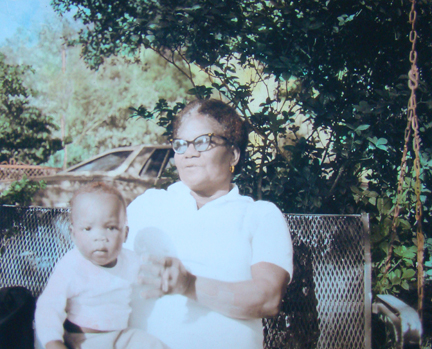
Midwife Annie Mae Taylor holds a baby.
Jasper 1979
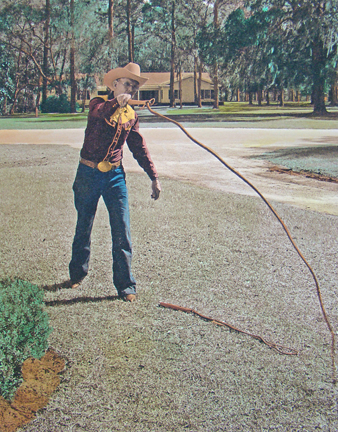
Curly Dekle, a Florida Folk Heritage Award winner, demonstrates whipcracking. Florida "Cracker" cowboys used bullwhips to herd and capture cattle, not lassos.
White Springs 1984

May Newman plays her homemade cigar box banjo. The cigar box banjo, along with jugs, washboards and harmonicas were important in the rise of jugs bands and blues.
Palatka, 1920

Lucreaty Clark braids cornhusks in preparation to begin a cornhusk rug.
Lamont 1978

Nicaraguan-American José Silva, mask and costume maker, displays his handmade items to be used the annual Festival of San Sebastian.
Pembroke Pines 1995

Pauline Hodges displays her finely woven pine needle frame.
Jacksonville 1986

Lucille Jones makes a "Gullah" or wire grass basket at her Jacksonville home, while surrounded by other baskets she made.
Jacksonville 1979

Gamble Rogers, a Florida Folk Heritage Award winner and folk music legend, was a poet, singer and storyteller from St. Augustine.
White Springs 1987

Net maker Joe Floyd in his shop.
Jacksonville 1985

George Wilson crafts a cypress chair.
Lee 1983

Ola Kryway decorates Easter eggs using the centuries-old Ukrainian method known as pysanky, a meticulous wax resist technique. Melted beeswax is applied to the egg using a tool called a kystka, followed by a series of dye baths. The resulting design is elaborately detailed and incorporates a variety of symbolic elements. Kryway has been practicing the craft for over sixty years.
Titusville 1994






























